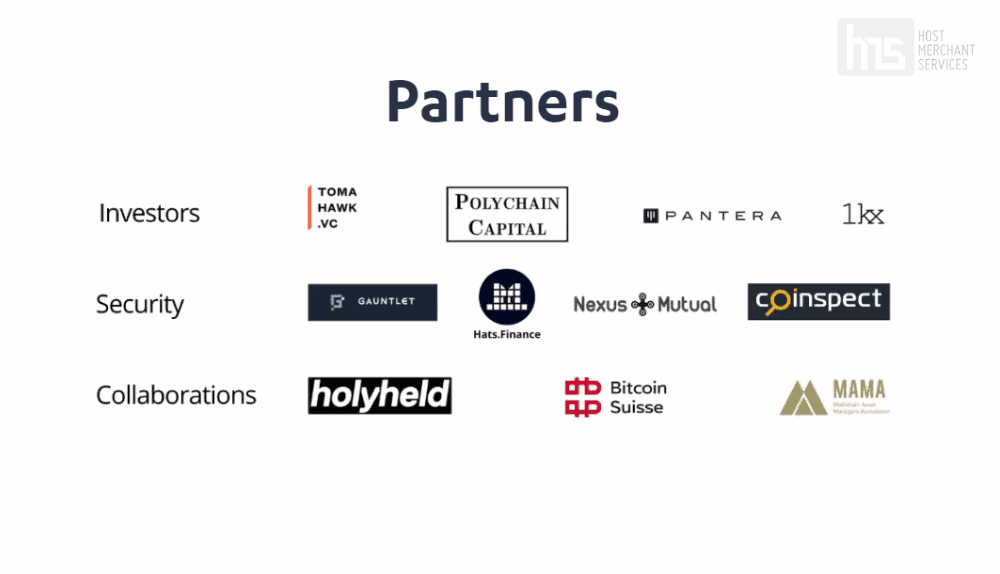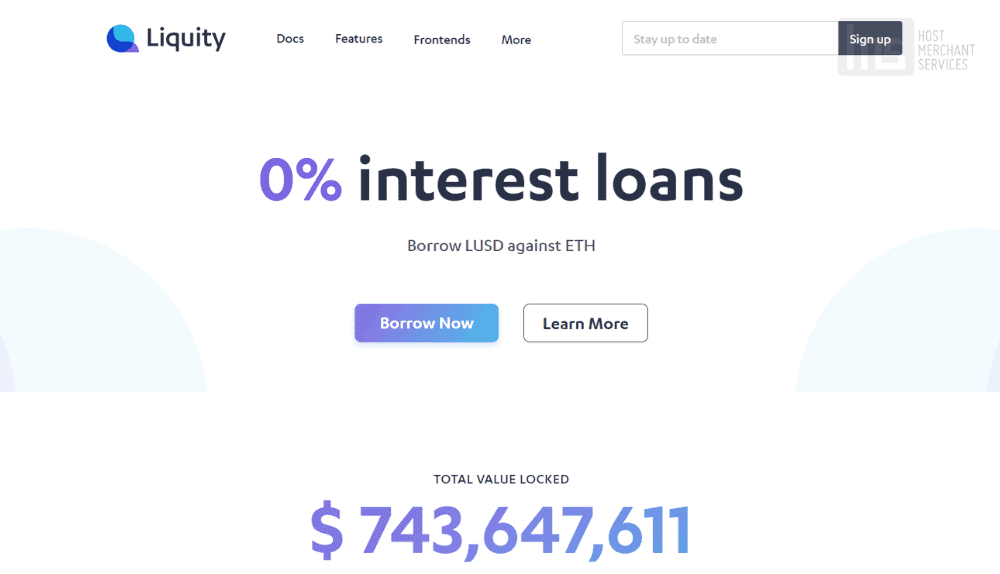Everything You Need to Know About Liquity (LQTY)
Key Takeaways: –
- Liquity is a decentralized borrowing platform that offers 0% interest loans to users who provide ETH as collateral.
- The platform uses a dual token system, with LUSD being the stablecoin that is used to offer loans and LQTY being the native token that is used to reward liquidity providers.
- Liquity has several features that make it a unique and attractive platform for borrowers and lenders, including a low debt-to-collateral ratio, no-interest payments, and rewards for liquidity providers.
What Problem Does Liquity Solve?
The traditional lending industry has been around for decades. The institutes have adopted several methods over the years to tackle several problems. The biggest problem with the traditional lending and borrowing industry is that the users need to go through a complex verification process.
They need to sign tons of documents to submit the loan application. Similarly, they need to provide something as collateral to qualify for the loan. The blockchain industry solves this problem by directly connecting lenders and borrowers. But its adoption rate is relatively low due to high borrowing and issuance fees.
Liquity is trying to revolutionize the entire crypto-lending market with its innovative features.
What is Liquity (LQTY)?

Liquity is a decentralized automated borrowing platform where users need to provide ETH tokens as collateral to receive the loan. The interesting thing about this project is that the borrowers don’t need to pay interest on ETH collateral. This may surprise most people because it basically defeats the purpose of lending.
However, the platform addresses this problem with its stablecoin. The liquidity providers are required to store their LUSD tokens in the liquidity pool. The borrowers can swap their ETH collateral for LUSD tokens if they want to borrow funds from the platform. The platform offers excellent user-friendliness by incorporating third-party front-end operators.
Liquity offers a fairly low debt-to-collateral ratio compared to other networks.
Dual Token Economy
Liquity uses a dual token system to avoid volatility issues. LUSD is the platform’s stable coin that prevents intense price fluctuations. However, it shouldn’t be confused with algorithmic stablecoins like UST (LUNA) because its price is determined by a balance between loans and borrowing fees.
The token holders can redeem ETH tokens at a discounted price if the LUSD’s value goes below $1. It means the users can get $1 worth of ETH in exchange for a LUSD token even if it’s under the dollar’s one-to-one ratio. The price of LUSD will ultimately increase following a decline in supply.
Thus, the token holders get the opportunity to generate profit through arbitrage. Similarly, the platform incentivizes the contributors with its native token LQTY. The liquidity providers and frontend operators can earn these tokens as a reward by handling several responsibilities within the platform.
Liquity Brief History
Liquity was introduced by Rick Pardoe, Michael Svoboda, and Robert Lauko in 2019. Michael worked as a CEO in multiple blockchain companies before joining this network. The platform was introduced with the goal of providing a user-friendly platform that can offer a more efficient capital environment.
Unlike other borrowing platforms, Liquity was designed to offer loans in the form of decentralized stablecoins. Liquity team raised around $10 million in a seed round carried out by Andreessen Horowitz. Dragonfly Capital, Polychain Capital, and 1kx are the leading names that invested in this project.
The project went live in 2021. And it achieved the milestone of $1 billion TVL (total value locked) in 2022. The project has introduced several features over the years. It has the potential to revolutionize the decentralized lending industry.
Liquity Important Features
Borrowing
Liquity is aimed at providing a user-friendly decentralized borrowing and lending platform with reasonable charges. The users can get the loan in the form of LUSD tokens by providing ETH tokens as collateral. The borrowers only need to a one-time issuance fee. The platform usually charges around 0.5% of the total amount.
The fee may increase depending on several factors. But it’s worth noting that the fee will never exceed 5% of the total amount. For example, if the current rate is 1%, the borrower will have to pay 50 LUSD as a one-time borrowing fee to receive 5000 LUSD as a loan. The borrower receives 5,250 LUSD tokens after the addition of 200 LUSD liquidation reserves.
However, they only need to repay 5,050 LUSD tokens because the 200 tokens are only added as a reserve.
Redemptions and Price Stability
As discussed earlier, the token holders can redeem their LUSD tokens for ETH at any given time. However, they usually need to pay a 1% redemption for redeeming tokens. LUSD token is soft-pegged between $1 and $1.10. Whether the price goes up or down, the LUSD token holders can exchange LUSD tokens for ETH to earn some profit.
Stability Pools
The borrowers may lose access to the collateral amount if the value of the collateral falls below the minimum collateral ratio. However, they can still keep the loaned LUSD tokens if they want. The platform uses the Stability Pool to repay the pool’s stakers in case of liquidation.
Frontend Operators
Liquity doesn’t have its own front-end infrastructure. It uses third-party frontend operators instead. It provides the opportunity for a huge number of users to qualify for loans. The best thing about third-party operators is that they can eliminate the censorship problems that usually create trouble for network participants.
Recovery Mode
Liquity uses ETH tokens as collateral. The platform needs to maintain a 150% debt-to-collateral ratio at all times. The network turns on the Recovery Mode if the ratio goes below this level. In this situation, the system will liquidate the contracts that don’t have a 150% debt-to-collateral ratio.
Liquity Tokenomics
Liquity uses a dual token economy system. The LUSD tokens are used to offer loans to the customers and LQTY tokens are used to reward the liquidity providers. With a circulating supply of 92.6 million tokens, LQTY has a market cap of $85 million. It has a total supply of 100 million tokens that will be released over time.
Conclusion
Liquity is a decentralized borrowing platform that offers 0% interest loans to users who provide ETH as collateral. The platform has several features that make it a unique and attractive platform for borrowers and lenders, including a low debt-to-collateral ratio, no-interest payments, and rewards for liquidity providers.
Liquity is a relatively new platform, but it has already made significant progress. It has the potential to revolutionize the decentralized lending industry in several ways.
Feel free to get in touch with us if you need more information about how Liquity works. We also invite you to subscribe to our weekly newsletter if you need regular updates about Bitcoin and the crypto market.











